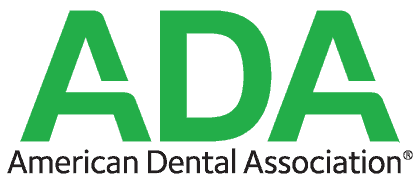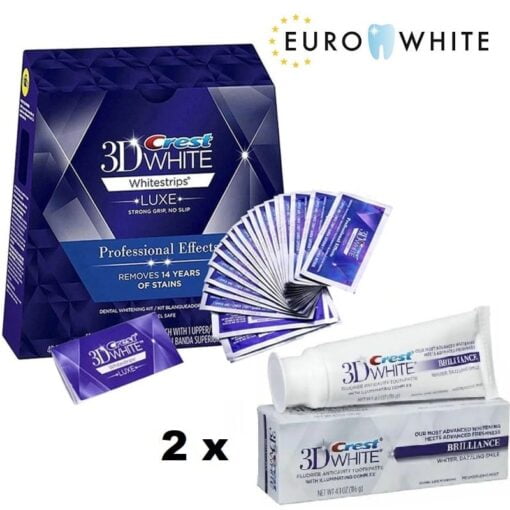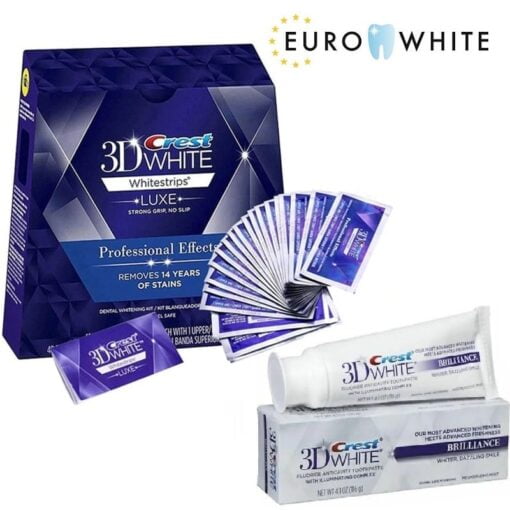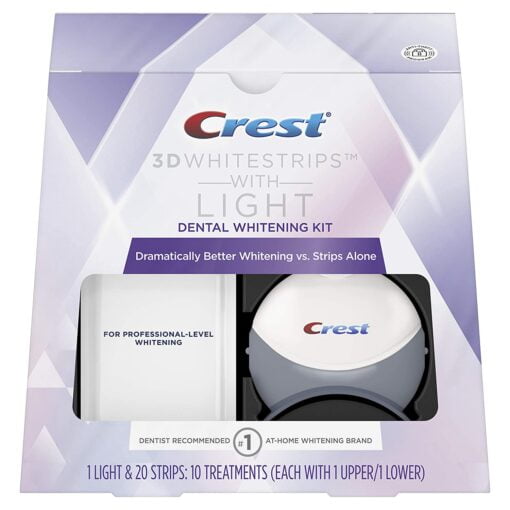The American Dental Association (ADA) is a national professional organization of dentists in the United States. It was founded in 1859 and is headquartered in Chicago, Illinois. It was founded by a group of dentists who were concerned about the lack of quality dental care available to the public. The ADA has more than 162,000 members and is the largest dental association in the world.
The ADA’s primary purpose is to promote oral health and protect the public’s oral health. They do this by setting quality standards for dental care, providing education and training for dentists, and advocating for public policies that improve oral health. The ADA also provides resources to help people find a dentist and make informed decisions about their oral health care.
One of the most important functions of the ADA is to create and update clinical practice guidelines for dentists. These guidelines cover a wide range of topics, from preventing cavities to treating gum disease. They’re based on the latest scientific evidence, and they’re updated regularly to reflect the latest advances in dental care.
The ADA also offers a number of resources for dentists and patients. These include:
- A searchable database of member dentists
- A directory of dental schools
- Patient education resources
- Clinical guidelines and best practices
- Continuing education opportunities for dentists
- And much more!
For those in the United States looking for quality dental care, the ADA is a great place to start. You can find a dentist near you by visiting their website or by calling their toll-free number. And if you have any questions about your oral health, the ADA has plenty of resources to help you out.
Mission and values of the ADA
The ADA is a nonprofit, voluntary organization of dentists dedicated to the public’s health, ethics, science and professional advancement. The ADA’s mission is to improve the oral health of the public and promote dental education.
Some of the values that guide the ADA include:
- Compassion – Putting the needs of patients first
- Integrity – Doing what’s right, even when it’s tough
- Respect – Valuing all people, regardless of their differences
- Excellence – Striving for the highest quality in all we do
These values help make the ADA a leader in dental care and advocacy.
Goals and Objectives of the American Dental Association
The objectives of the ADA are to:
- Promote the oral health of the public
- Advance dental education
- Strive for excellence in all they do
The ADA offers a variety of services, including:
- Education and training programs for dentists and other healthcare professionals
- Resources and information on oral health for consumers
- Lobbying efforts to promote dental care and legislation that benefits patients’ oral health
- Accreditation of dental schools and continuing education programs
How the ADA benefits dental professionals and patients
The ADA is a valuable resource for both dental professionals and patients. Its many programs and resources help promote oral health and provide access to affordable dental care. Thanks to the ADA, both dental professionals and patients have a voice in shaping the future of oral health.
The ADA is important to both dental professionals and patients. For dental professionals, the ADA offers:
- Continuing education opportunities
- Resources for clinical and business practices
- Accreditation of dental schools and continuing education programs
- Lobbying efforts that promote dental care and legislation that benefits patients’ oral health
For patients, the ADA offers:
- Information on oral health topics
- Resources for finding a dentist
- A voice in advocating for patient rights and access to affordable dental care
ADA Membership Types
The ADA has the following types of membership:
- Dentist (for dentists who are licensed to practice in the United States)
- Postdoctoral (for dentists who have completed a dental residency program)
- Government and military (for dentists who are employed by the U.S. government or military)
- Students (for dental students who are enrolled in an ADA-accredited dental school)
- International (for dentists who schooled abroad and are working abroad like in Europe, UK, etc.)
- U.S. dentists abroad (for dentists who schooled in the United States but now work abroad like in the United Kingdom)
ADA and Research
The ADA Science & Research Institute, LLC (ADASRI) is a group of dedicated scientists who specialize in the field of oral health. As a dental research center with an eye for the future, the ADA Science & Research Institute (ADASRI) strives to be at the forefront of oral health innovation. They provide key insights for dentists and policymakers to improve quality care across all areas related with it – from prevention through rehabilitation or restoring function following an accident victim’s injuries which have left them unable portions (if any). The organization’s work is driven by their vision: To improve quality care and lower costs through inspiring innovations that will revolutionize teeth-related fields such as education policy or diagnosis technology.
Having this targeted goal allows them not only have a clear direction but also make progress more quickly than if they were working on different projects which could take years before any real results come out.
ADA Policies on Whitening
The American Dental Association is committed to educating the public on how best they can be cared for by their dentist. The Council of Scientific Affairs has compiled research which will help you make informed decisions about whether or not whitening/bleaching your teeth might work for you, as well as what other options exist if this process doesn’t pan out like expected!
Further Reading on Whitening here.
ADA on OTC and Dentist-Supervised At-Home and In-Office Options
The ADA distinguishes between “Products Directly Available to Consumers” and “Products Available Through Dentists”.
Over-the-counter products that are directly available to customers include whitening strips or gels painted directly on teeth or delivered in trays or toothpastes.
Products only available from a visit to the dentist include gels delivered in custom-made trays and similar in-office whitening treatments. These involve the use of peroxide-containing gel with or without an accelerator light that enhances the bleaching process (for light-activated systems).
ADA On Potential Adverse Effects of Teeth Whitening
In line with our discussions on the safety of crest whitening strips, the ADA lists the following potential adverse effects of teeth whitening, be it home treatments or those dispensed by a dentist:
- Sensitivity possibly resulting from inflammation of the pulp due to exposure to the active bleaching agent of teeth whitening treatments
- Gingival Irritation which is distinguished from sensitivity by the presence of redness, swelling, or bleeding
ADA and Crest Whitening Products
£39.99 Original price was: £39.99.£19.99Current price is: £19.99.
£79.99 Original price was: £79.99.£58.99Current price is: £58.99.
Rated 4.29 out of 5
£90.00 Original price was: £90.00.£64.99Current price is: £64.99.Rated 4.43 out of 5
£120.00 Original price was: £120.00.£84.99Current price is: £84.99.Rated 4.86 out of 5
£120.00 Original price was: £120.00.£69.99Current price is: £69.99.Rated 4.82 out of 5
£69.99 Original price was: £69.99.£52.99Current price is: £52.99.Rated 4.79 out of 5
£129.99 Original price was: £129.99.£99.99Current price is: £99.99.Crest 3D Whitestrips Classic Vivid
Seal Statement
The ADA Council on Scientific Affairs Acceptance of Crest 3D Whitestrips Classic Vivid is based on its finding that the product is safe and has shown efficacy in whitening natural teeth when used according to the manufacturer’s instructions.
Description, Label Warnings and Company Information on the Crest 3D Whitestrips Classic Vivid are found here
Crest 3D White Whitestrips Glamorous White
Seal Statement
The ADA Council on Scientific Affairs Acceptance of Crest 3D White Whitestrips is based on its finding that the product is safe and has shown efficacy in whitening natural teeth when used according to the manufacturer’s instructions.
Description, Label Warnings and Company Information on the Crest 3D Whitestrips Classic Vivid are found here.
Crest 3D Whitestrips Vivid Gentle
Seal Statement
The ADA Council on Scientific Affairs Acceptance of Crest 3D Whitestrips Gentle is based on its finding that the product is safe and has shown efficacy in whitening natural teeth when used according to the manufacturer’s instructions.
Description, Label Warnings and Company Information on the Crest 3D Whitestrips Classic Vivid are found here.
What are some of the recent changes made by the ADA?
Orofacial pain is a dental specialty that has been recognized by the National Commission on Recognition of Dental Specialties and Certifying Boards. Twelve different specialties are now officially accepted, including oral surgery or orthodontics to name two popular choices for treatment options with this profession
The ADA has made several recent changes that impact dentists and patients. In 2016, the ADA recognized orofacial pain as a dental specialty. This means that Orofacialians can now become practitioners in dentistry. Orofacialians are specialists in diagnosing and treating conditions that affect the mouth, jaw, and face.
The ADA also updated its Code of Ethics in 2016. The new code includes guidance on how to treat patients with respect and dignity, regardless of their race, religion, or gender identity.
The ADA’s new guidance on dental care for pregnant women is also important. Pregnant women need special care to protect their teeth and gums from infection and disease. The ADA recommends that pregnant women see a dentist by the second trimester of their pregnancy and get regular checkups throughout their pregnancy.
The dental anesthesiology profession has been recognized as a specialty by the National Commission on Recognition of Dental Specialties and Certifying Board. The organization was newly established to oversee this type of work after it became clear that there are ADA requirements for recognition, which were not fully met before now due in part because some organizations did not want them studied too closely or realized they needed more time than we had available at our disposal but also possibly other reasons such as lack support from within these groups themselves. So, to reiterate the ADA is supportive of dental anesthesiology and has requirements that need to be met for this type of work to be considered a specialty.
Major Policies Adopted by the ADA House of Delegates
The ADA adopted several policies that were of importance at their 2016 House of Delegates meeting which took place in October. These policies covered a variety of topics, from pediatric dentistry to dental anesthesiology. Let’s take a look at some of the most important ones:
- Public Health Emergencies (COVID-19)
- Diagnostic Testing by Dentists
- Vaccine Administration by Dentists
- Liability Protection for Bioterrorism Responders
- Use of Amalgam as Restorative Material
- National Pretreatment Standard for Dental Office Wastewater
- Diet and Nutrition
- Fluoride and Fluoridation
- Groundwater with Natural Levels of Fluoride
- Medicaid and CHIP
- Medicare
- Student Loans and Postgraduate Educational Debt
- Substance Use Disorders (Opioid Crisis)
- Tobacco Use and Vaping
ADA Affiliations
The ADA is a part of an international organization, the FDI World Dental Federation, that facilitates the exchange of oral health information among its members, who represent over 1 million dentists worldwide. In a world where there are over 200 dental associations representing 1 million dentists worldwide, it is easy to see how the ADA has been able maintain its position as one of importance.
The ADA is also a part of the Council on Dental Education and Licensure (CDEL). The CDEL is an organization that establishes and monitors the standards for dental education and licensure in the United States. They work with state boards of dentistry, other organizations that are responsible for licensing health professionals, and dental schools to ensure that all students who graduate from a dental program in the United States meet certain educational requirements.
There are many other affiliations that the ADA has, but these two are some of the more important ones. The ADA’s main goal is to protect the oral health of Americans, and they do this by working with other organizations to make sure that everyone has access to quality oral healthcare.
Health Volunteers Overseas (HVO) provides free dental care to over 6 million people worldwide, with more than half of their patients coming from developing countries. The ADA sponsors HVOs dentistry programs! They also have a program called Give Kids A Smile, which provides dental services to children who cannot afford them.
The ADA is also associated with other international organizations such as the following:
- International Association for Dental Research (IADR) & American Association for Dental Research (AADR)
- National Institute of Dental and Craniofacial Research (NIDCR), Office of International Health
Resources available from the ADA
References










